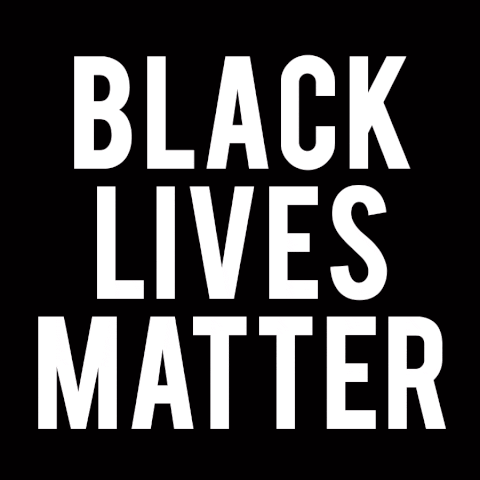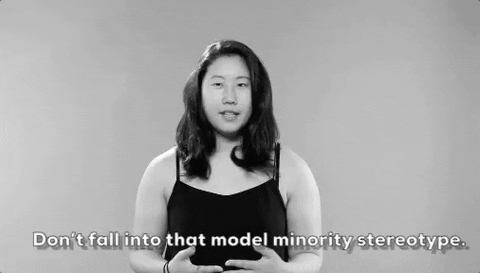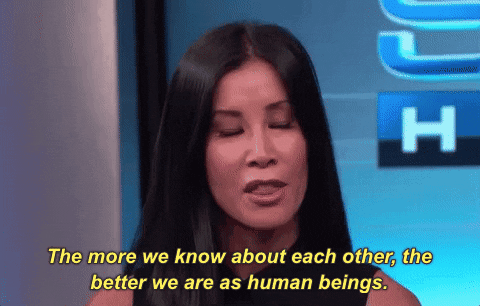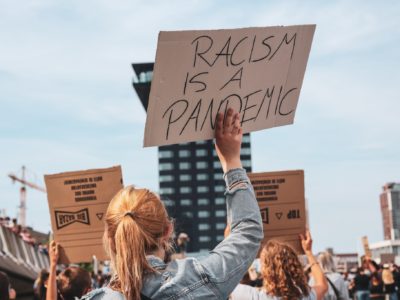It’s no secret that America is currently living through two pandemics: COVID-19 and racism. Between a racing pandemic that has, or should have, shuttered humans in their homes, and acts of police violence against the African American community that has spurred protests across the nation, structural inequalities that pervade America are becoming more and more evident.
Dedicated to inciting an overdue revolution in a country fueled by white supremacy, the Black Lives Matter movement gains traction by the day.

While many groups have declared allyship with the Black Lives Matter movement, the voices of the Asian community are often heard as whispers among vociferous chants in the movement. Many believe we shouldn’t intervene. Some believe the liberation of black people does not concern Asians. Some would rather not tarnish their position as the “respected” minority.
Prejudice among Asians do not often materialize in the form of outward hostility and confrontation but is rather embodied in subdued body language: a slight shuffling of the feet, a step back, the tensing of shoulders, the fake smile and the occasional discriminatory epithet under their breath in their language. Although the debate about whether or not racial minorities can be racist against other minorities has largely ensued in semantic terms, it is clear some minorities have perpetuated and benefited from power structures oppressing other racial groups.
In tandem with encouraging white people to “recognize their privilege,” Asians should “recognize their anti-blackness.”

I grew up in an ethnically homogenous community in Hong Kong. From a young age, I have learned there were certain non-Chinese neighborhoods I had to double my pace when passing through, as were there certain groups of people I was to be warier of. I recall favoring Snow White as my favorite Disney princess because of her fair skin and doe eyes. In many Asian cultures, darker skin tones imply intellectual and socioeconomic inferiority, since lighter complexions imply the presence of a comfortable, indoor lifestyle. Racial homogeneity, coupled with baseless preconceptions are kindling for ignorance and stereotypes that propagate throughout generations within Asian communities.
Unbeknownst to my childhood self, I had internalized anti-blackness, an issue not exclusive to the Western hemisphere. While I was somewhat aware of the plights faced by racial minorities in the U.S., they were seldom discussed in Hong Kong and my knowledge about racial struggles was limited to the meager amounts of American media I had consumed. Given rosy images of the American lifestyle portrayed in the East, I was not cognizant of how tense racial relations were in the US.
When I relocated to America in 11th grade, everything hit me like a ton of bricks. Not only did I bear witness to microaggressions and blatant acts of discrimination against African Americans, but I myself was also ascribed racial stereotypes. I was greeted with a slew of remarks like “Oh, of course. you got a full score on the test” and “I bet you’re working towards med or law school.” Back then, I didn’t think much of it. After all, those comments, albeit stereotypical, seemed like compliments.
Only later did I realize I was benefitting from the model minority myth, which posits Asian Americans’ “natural” diligence and discipline as the standard that other minorities should strive towards.

Admittedly, I have benefited from the assumption of being a math genius or being the top student. And many Asians are complicit in perpetuating the model minority narrative as well. Although the model minority perception doesn’t seem harmful to Asian Americans upon first glance, this narrative psychologically harms those who do not conform to the description and weaponizes success stories of Asian Americans to drive a racial wedge among marginalized groups. Juxtaposing Asian Americans with African Americans and Latinxs serves to absolve the privileged from being held responsible for the oppressive impact of racism. The model minority myth, although seemingly innocuous, amplifies separation when unity is crucial.
In the end, the false sense of security Asian Americans receive from the model minority label fails to protect us during times of unprecedented uncertainty. The Anti-Asian sentiment, and consequent hate crimes against Asian Americans, has skyrocketed with the dawn of the coronavirus pandemic. It’s natural to want to discover the cause of the virus, but since viruses have no explicable intent or target, people point fingers at certain groups of people for some modicum of comfort and assurance. If Asians can be scapegoated with terms like “China virus” and dehumanized through hate crimes the moment chaos ensues, then white America must have never really thought we belonged in the first place.
With the ebbing of the Black Lives Matter movement, Asian Americans should learn to understand the weight of racism and prejudice.

Most Asians acknowledge the existence of racism but fail to realize how the system allowing us to escape the trammels of racism experienced by black Americans, simultaneously vilifies black people. Netizens are responding to rallying calls to “recognize white privilege” by suddenly posting black squares and Instagram story chains, despite not having been outspoken about black lives before the death of George Floyd. In such a pivotal moment of societal change, when people must choose whether to renounce anti-blackness or reinforce white supremacy, Asian Americans often accept our positions on the margins of the conversation.
Being an ally to the black community requires us to relinquish our “white but not quite” position, dispel discriminatory conceptions of Black people, and resist the tendency to be consumed by self-serving guilt and partake in performative activism. Dismantling anti-blackness entails unlearning what we have internalized from a young age, recognizing how we manifest anti-blackness and calling these acts out when we do. Instead of subscribing to the black-white binary and comparing our stories of discrimination or privilege, we can learn each other’s stories and integrate changes into our individual lives.



















